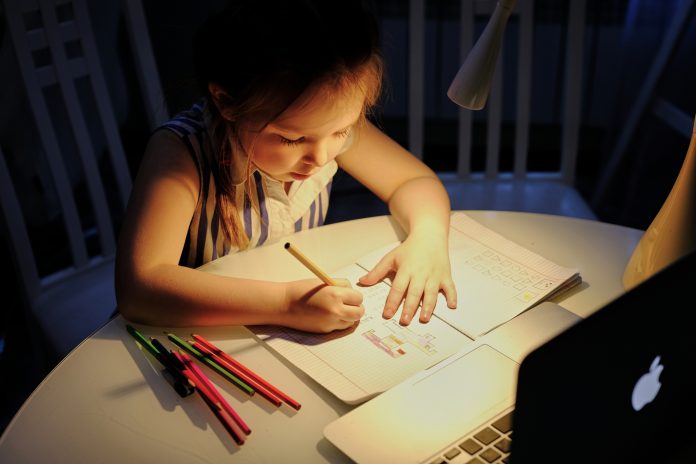Tatjana Babrauskienė from the European Economic and Social Committee, Workers’ Group (Group II), walks us through blended learning, underlining a strategic rather than reactive approach to change
What is blended learning (b-learning)? Blended learning, or blended education, sounds like an innovative methodology, but has in fact existed since the 1960s and includes an appropriate mixture of distance learning, classroom and online learning. The task of the teacher in b-learning is to correctly redistribute the material through these channels, according to the individual needs of the learner.
How can it best be achieved?
Due to the rapid development of new and innovative technologies, the format of b-learning today is very different from what it was half a century and even a decade ago and is not at all like the online lessons that replaced school for children during the pandemic, because blended learning is not just about moving half of the lessons to Zoom.
Blended learning is a whole system, a well-thought-out educational methodology that has been independently and intensively developed over the past ten years. At the same time, while previously mainly used in higher education, we can now observe that the COVID-19 pandemic made a strong push towards faster implementation of b[1]learning in secondary education.
Why now? Why such acceleration?
The world is changing. Young people are becoming more active and mobile. They are also becoming more demanding and independent. They want to get quick results, but convenience, comfort and safety are also important to them. Blended learning provides all of this. Blended learning allows education to be flexible while, if properly applied, maintaining traditionally high quality. Modern technologies and support for b-learning, which was also reinforced by the closure of educational institutions due to the COVID-19 pandemic, make classes more effective, pushing the boundaries of the classroom. In the 21st century, you can’t limit people to rigid schedules: if you get sick or go on holiday, miss a lesson – that’s it, you fall behind the group
Are there any potential threats or disadvantages? Many educational experts are also pointing out the disadvantages of blended learning. There are significantly fewer of them than advantages; however, they do exist and should be taken into consideration when implementing this system in any education institution:
- B-learning implies a uniform IT literacy of teachers and students, which is often very difficult to achieve. In addition, all participants in the education process should be well versed in all the features of the blended learning platform.
- B-learning requires proper technical support, as well as sufficient funding to create training programmes, test modules and videos.
- B-learning can sometimes be limited by the capabilities of the available technology, internet connectivity, etc.
- B-learning can lead to overwork for teachers. The teacher adopting blended learning has to pick the right syllabus, the right ratio between face-to-face and online learning, and what is best for the individual learners’ knowledge – there’s no universal recipe for it.
Why is it so important and what is its potential?
Without a doubt, b-learning is the future. First of all, because this format is aimed at people who are not tied to one place, those who know how to work and communicate online, but at the same time appreciate personal relationships and offline meetings, as well as people who love to travel a lot.
In a recent article, World Economic Forum contributors reminded us that natural disasters and pandemics like COVID-19 can be a tipping point for the creation and rapid adoption of innovation.
Even though almost all countries have sanctioned the return to school full-time, we need to embrace disruption, because it will continue – whether it’s COVID-19 phase two, volcano eruptions, bushfires and floods, new technologies or economic downturns and funding cuts. These scenarios require contingency planning and taking a strategic rather than reactive approach to change.











